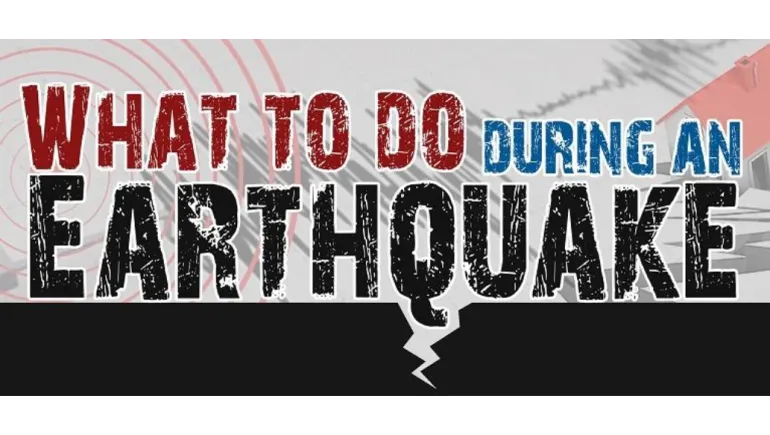
Earthquakes are sudden and often unpredictable events that can catch even the most prepared off guard. While it is impossible to predict when an earthquake will strike, taking proactive measures can significantly improve your safety and minimize damage to your property. This article delves into the precautions you should take—and those you should avoid—before an earthquake occurs, ensuring that you are as ready as possible when the ground begins to shake.
Develop an Emergency Plan: Establish clear family communication protocols. Decide on safe meeting points both inside and outside the home, and designate roles for each family member. Ensure that everyone knows the plan by practicing regular drills, so when an earthquake occurs, everyone instinctively understands whether to “Drop, Cover, and Hold On” or to evacuate if it is safe.
Prepare an Emergency Kit: Assemble a kit stocked with essentials such as non-perishable food, water (at least a three-day supply per person), first aid supplies, flashlights, batteries, personal identification, some cash, medications, and critical documents. This kit should be easily accessible in your home, and consider preparing a similar portable kit for your vehicle or workplace.
Secure Your Environment: Assess your home for potential hazards. Secure heavy furniture to walls, fasten large appliances, and place breakable items on lower shelves to reduce the risk of injury from falling objects. Installing safety straps on televisions and other heavy electronics can further reduce the likelihood of them toppling during seismic activity.
Know Your Safe Zones: Identify safe areas in every room of your home. Ideal spots are against interior walls, away from windows, mirrors, and other glass objects that might shatter during tremors. If you live in a multi-story building, familiarize yourself with the building’s emergency exits and avoid spaces that are structurally vulnerable.
Stay Informed: Sign up for local alert systems and monitor reliable news outlets for early warnings and emergency directives. Understanding the seismic risks in your area enables you to make informed decisions regarding upgrades or retrofitting your home and planning evacuation routes.
Don’t Wait Until the Last Minute: Procrastination can be costly. Avoid delaying essential preparations such as building your emergency kit or developing a family emergency plan. Earthquake preparedness is an ongoing process, not a one-time checklist.
Don’t Overlook Vulnerable Spots: Neglecting the maintenance of your living space can transform everyday hazards into dangers during an earthquake. Do not ignore weak spots like unsecured heavy items, unstable shelves, or poorly constructed areas of your home. Ensure regular inspections and necessary reinforcements.
Do Not Assume It Won’t Happen to You: Complacency is a common mistake. Even if your region has not experienced significant seismic activity in recent years, geological shifts can occur unexpectedly. Treat earthquake preparedness as an essential safety measure regardless of recent history.
Avoid Panic-Driven Decisions: In the days before a potential threat, remain calm and methodical. Avoid spreading panic either online or in your neighborhood without verified information. Trust local authorities and emergency services for credible updates and follow their advisories.
Don’t Depend Solely on Electronic Alerts: While technology is a useful tool, do not rely solely on smartphone alerts or apps. Sometimes communication networks fail during disasters. Supplement electronic methods with battery-powered radios and printed copies of emergency information.
Being proactive and prepared can be the difference between chaos and control in the face of an earthquake. By establishing an emergency plan, assembling a reliable kit, securing your home, and both learning and practicing what to do—and what not to do—you arm yourself with the tools necessary for a safer experience when an earthquake strikes. Remember, preparedness is a continuous effort that safeguards lives and preserves communities. Stay informed, stay connected with local emergency services, and revisit your safety measures periodically to adapt to any new risks or changes in your environment.












Comments
There are no comments for this Article.